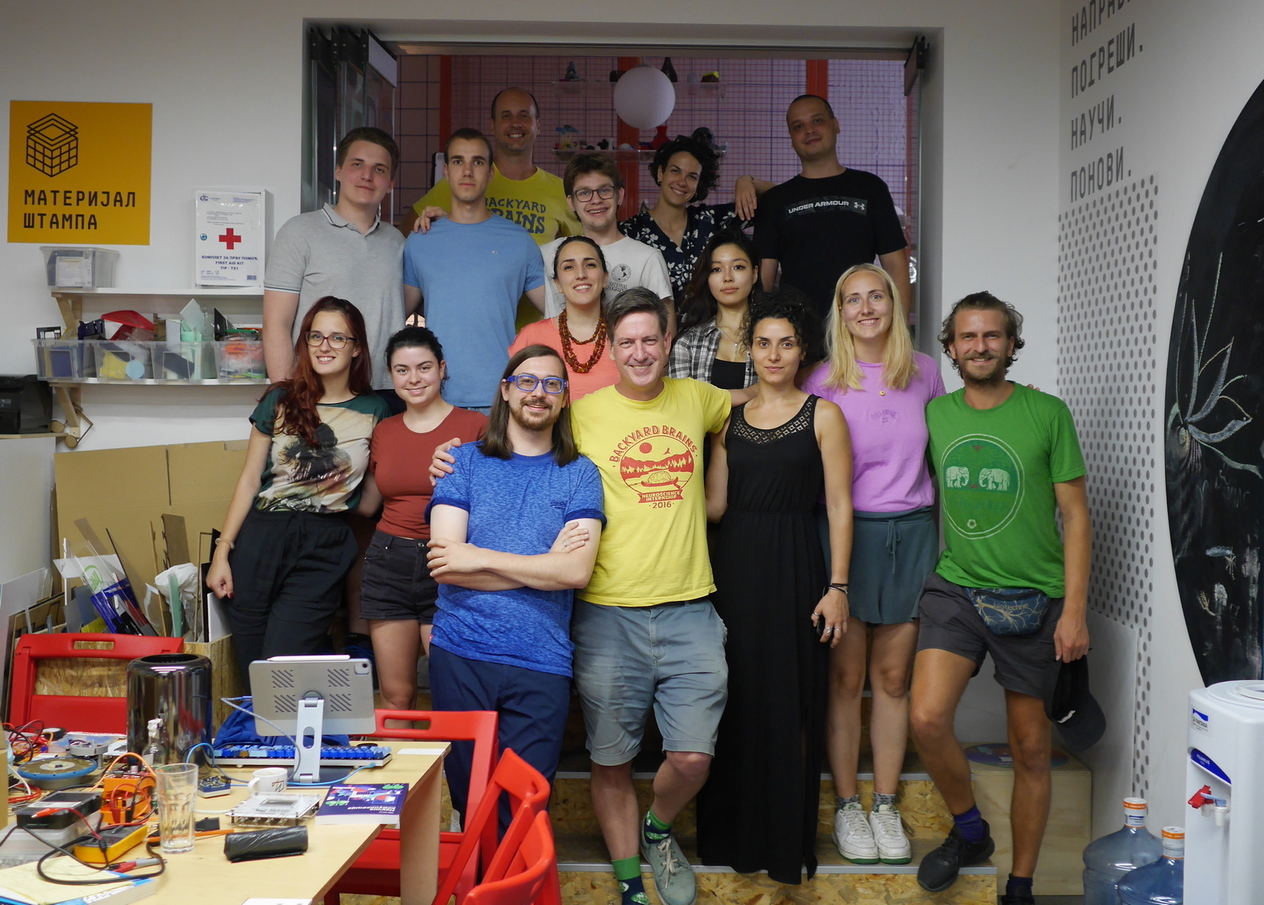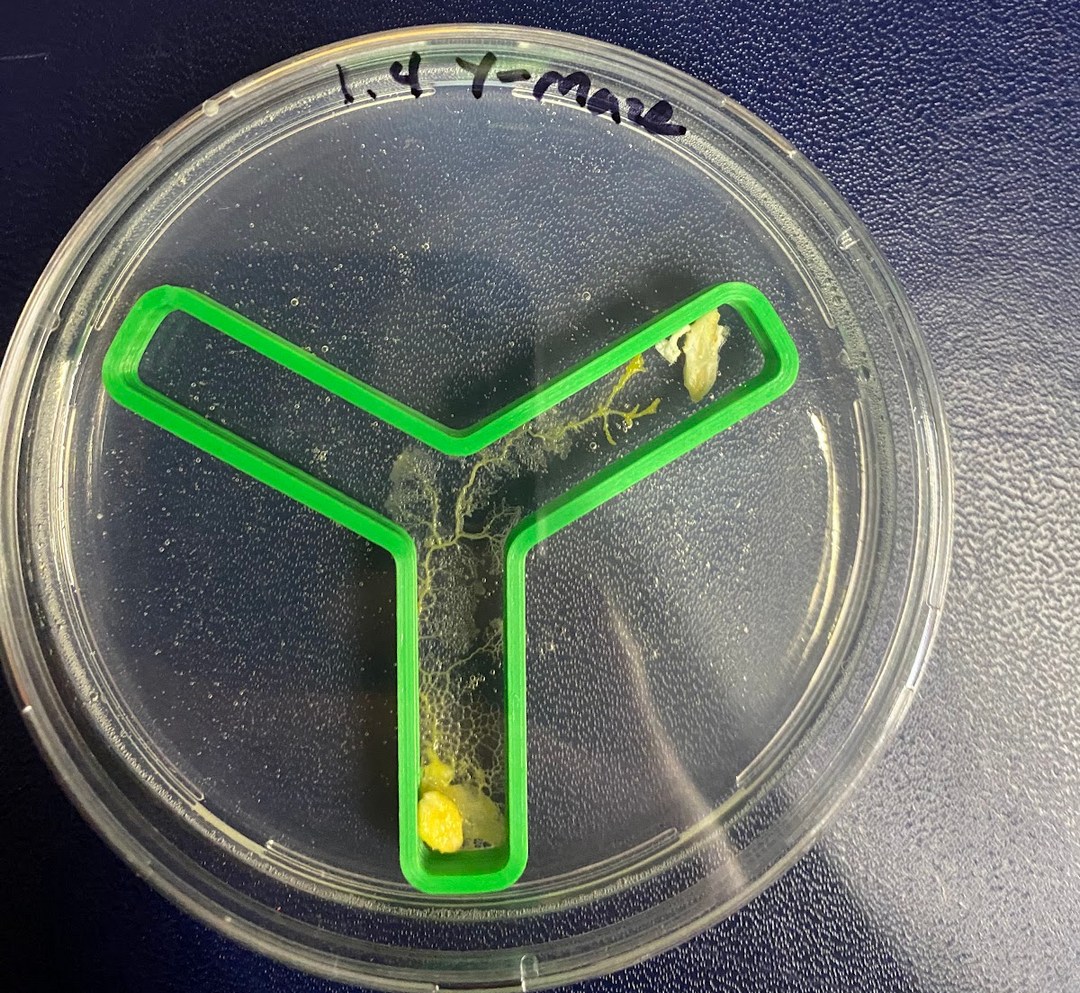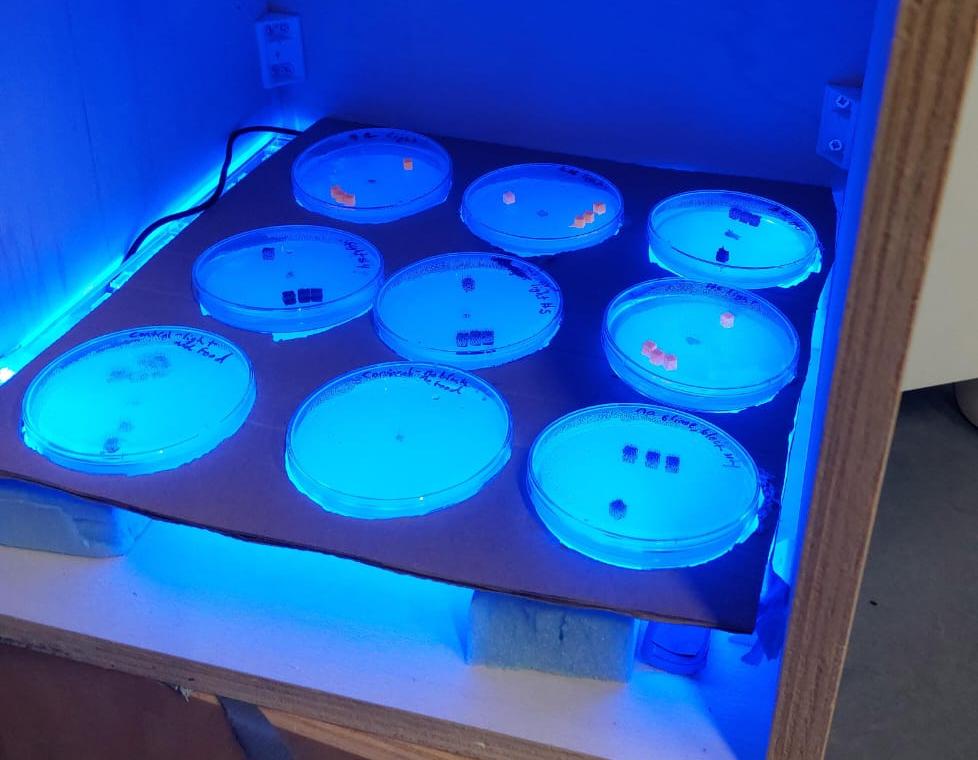-
 FellowshipOver a dozen busy bees, 5 research projects, 4 hot weeks of July, countless data, iterations and coffee cups, one book of experiments to soak it all up and present to the wider audience — and the Backyard Brains 2023 US-Serbian Summer Research Fellowship rounds off. The result will hit the shelves this fall, with […]
FellowshipOver a dozen busy bees, 5 research projects, 4 hot weeks of July, countless data, iterations and coffee cups, one book of experiments to soak it all up and present to the wider audience — and the Backyard Brains 2023 US-Serbian Summer Research Fellowship rounds off. The result will hit the shelves this fall, with […] -
 Experiment— Written by Amanda Putti & Milica Milosevic — Well we made it! We’re at the final week of the BYB Fellowship! We faced many challenges throughout this project and had to pivot in order to get results, but we are happy where it ended. To give updates on our progress, let’s first start where we left […]
Experiment— Written by Amanda Putti & Milica Milosevic — Well we made it! We’re at the final week of the BYB Fellowship! We faced many challenges throughout this project and had to pivot in order to get results, but we are happy where it ended. To give updates on our progress, let’s first start where we left […] -
 Fellowship— Written by Milica Milosevic & Amanda Putti — Considering the slime craze of 2016, we’re pretty sure we have all played with slime – or at least know what it is. Have you ever heard of slime molds though? Slime molds, scientifically referred to as Physarum polycephalum, are a type of single-celled protist that is […]
Fellowship— Written by Milica Milosevic & Amanda Putti — Considering the slime craze of 2016, we’re pretty sure we have all played with slime – or at least know what it is. Have you ever heard of slime molds though? Slime molds, scientifically referred to as Physarum polycephalum, are a type of single-celled protist that is […]